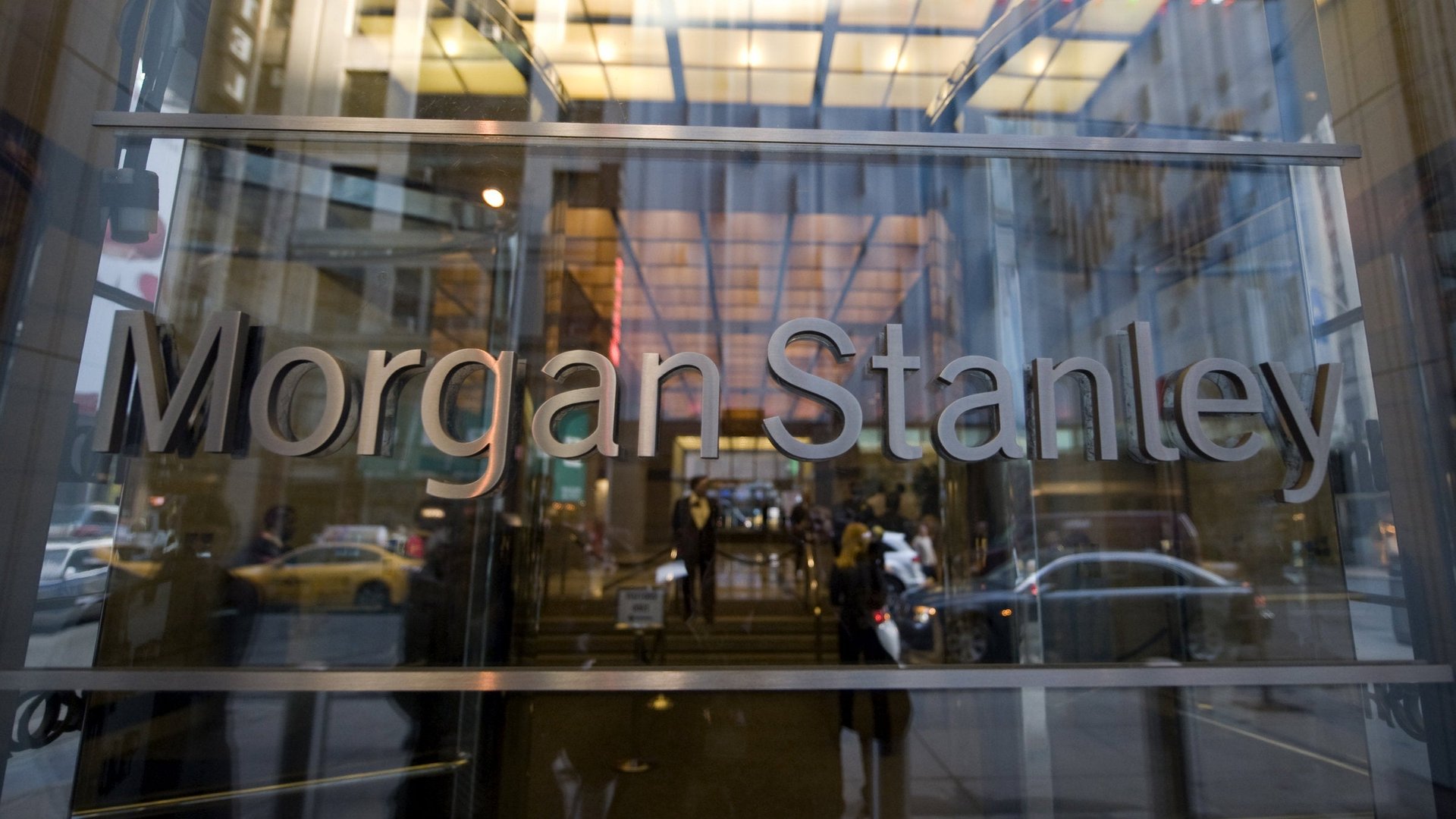Morgan Stanley’s chief economist went jogging one morning—and his outlook on the global economy changed
Have you ever wondered how a bank with over 50,000 employees decides what to think about the world?


Have you ever wondered how a bank with over 50,000 employees decides what to think about the world?
On a daily basis people like Joachim Fels, Morgan Stanley’s head of Economics, will publish reports, speak to reporters and explain to clients why they think X, Y, and Z will happen and when.
For a long time Fels has been quite negative on the markets, for a number of reasons. Most recently, last Wednesday, when he presented quite a negative outlook to the banks’ clients.
Then he went for a run, as he details in his Jan. 20 Sunday Start note:
Mountain-biking in the snow may be fun but is too risky for a man of my age (or so my wife says), so this morning I went for a run in the nearby woods instead. With the trees and paths freshly carpeted in white, the familiar forest looked completely changed, and likewise my thoughts began to wander into unusual territory as I was trotting along. Of course, I was still deliberating the economy, markets and what to write about in Sunday Start.
Fels was contemplating the worldview he had presented on Jan. 16 and all of a sudden something clicked inside of him:
[This story] suddenly sounded stale in the quiet snowy woods and I started to wonder what I might be missing. Could we just be witnessing a synchronous revival of medium-term growth dynamics in the world’s three large ‘old’ economies, the United States, Japan and Germany?
And just like that, one of the biggest banks in the world had seemingly shifted its entire worldview.
It’s not exactly a surprise that a person like Fels starts to feel a bit bullish on the markets. This, considering that the S&P 500 index has rallied over 10% since the lows from November and that the expected volatility, measured by the VIX-index and sometimes referred to as “The Fear Index,” is at multi-year lows.
It’s hard to be a Negative Nelly in a rally.
Fels, along with many macro watchers, has been bearish about several parts of the world’s economy for quite a long time now on because of the US’s debt, and problems in the euro zone and Japan.
Now this is all changing. On the US, he now thinks that things are looking up:
With the housing market recovering and politicians in Washington seemingly coming to their senses, at least as far as the debt ceiling is concerned, there may be light at the end of the tunnel.
After years of problems in the euro zone, and the fear of it spreading to Germany, Fels is now fairly optimistic on Europe’s strongest economy:
With the ECB likely to keep interest rates very low for years to come and German inflation likely to exceed the euro area average, low or negative interest rates should benefit German borrowers and fuel demand growth over the medium term.
Lastly, and probably most important, the Morgan Stanley economist is now fairly optimistic about the prospects for Japan:
The third, latest and hottest revival candidate is Japan, where a sea-change in fiscal and monetary policy appears to be unfolding.
So there you have it. Slowly, but surely, another bear goes back into hibernation. The only question is: Is this a sign of good things to come or is it a so-called contrarian indicator, indicating bad things in the future?